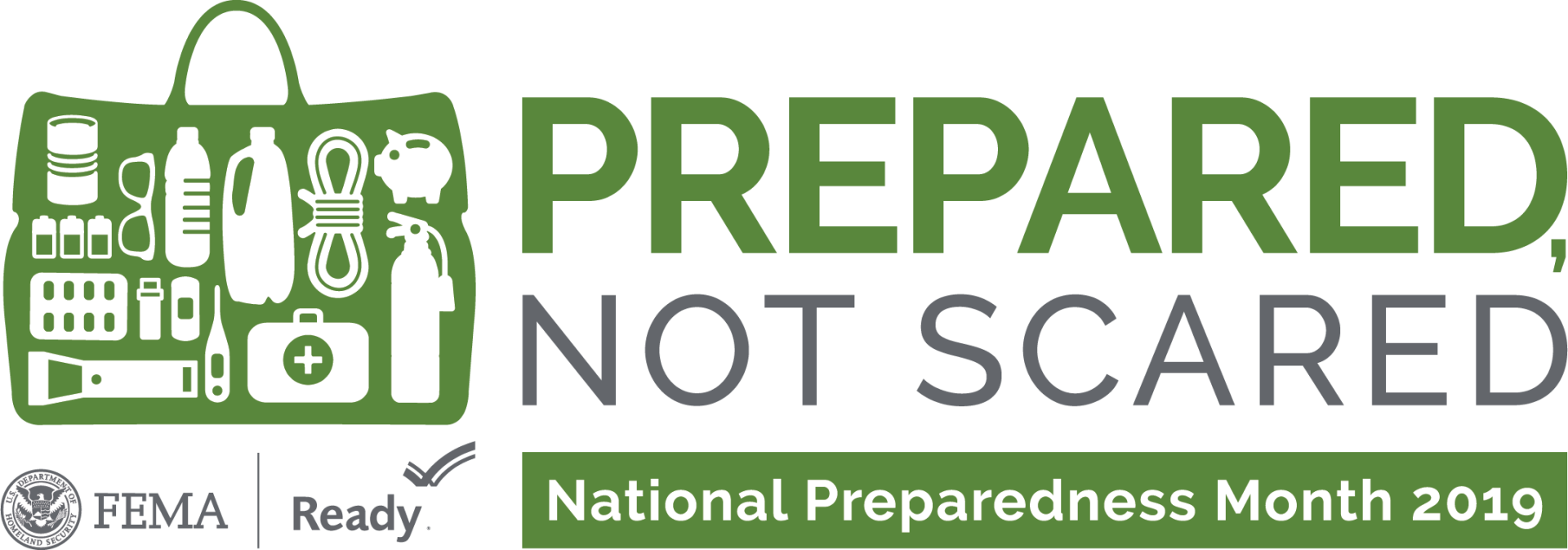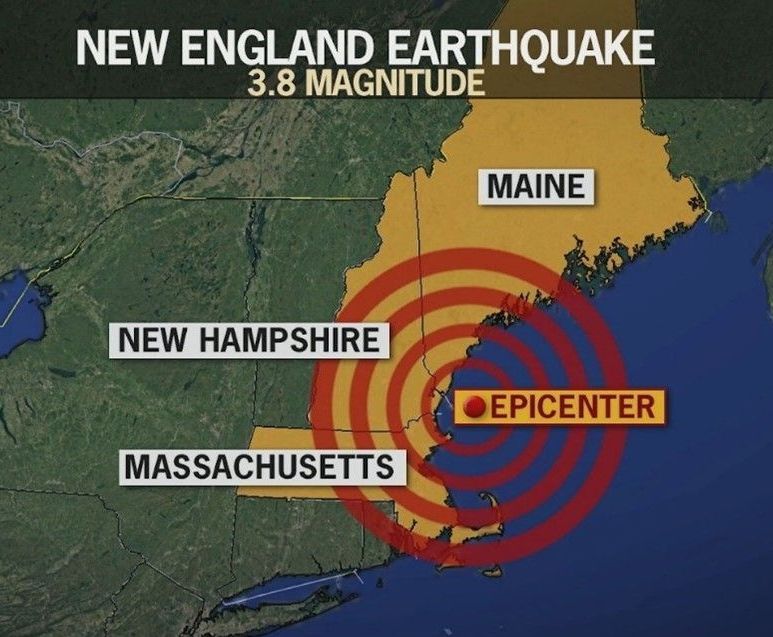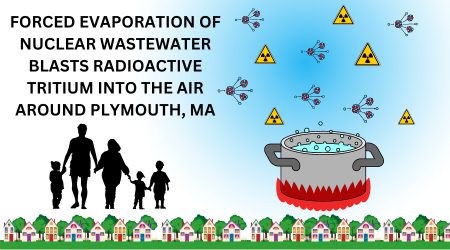September is Emergency Preparedness Month
- By Natalie Hildt Treat
- •
- 06 Sep, 2019
Is living near a nuclear plant on your mind?

Disasters happen—sometimes natural, and sometimes man-made. Federal and state governments coordinate each September on National Emergency Preparedness Month to encourage people to think about and plan for what they would do in the event of all sorts of emergencies.
With hurricane season upon us, now is as good a time to consider what we would need, and need to do, in the event of an emergency like coastal flooding, a pandemic, or even (however unlikely), a nuclear accident.
Of all the possible types of disasters, the latter is one of the hardest to think about. C-10 operates an airborne radiological monitoring network for the Commonwealth of Massachusetts, so it’s our job to think about safety at Seabrook Station. But it’s important for all of us to be concerned with what it means to live near a nuclear reactor. So what can you do? Get educated, and get prepared.
Living Near Seabrook Nuclear Power Plant
Approximately 160,000 of us live within the 10-mile Emergency Planning Zone of Seabrook Station, and hundreds of thousands more in the plant’s 50-mile ingestion pathway. While nuclear plants are highly regulated, the possibility of an accident is always there, however small.
Living near a nuclear power plant poses a unique set of risks, and calls upon us to consider how we would prepare and react in the event of a radiological emergency. A serious accident could mean that we’d need to shelter in place, leave our homes and businesses indefinitely, or face long-term health consequences, depending on the level of exposure to harmful radiation.
So, where to begin? You can download a general emergency preparation checklist here, or find more information specific to nuclear power plants at Ready.gov. There's also great info on all types of emergency preparedness from Massachusetts here and New Hampshire, here.
As for those of us living near the nuclear plant, it's always a good idea to review the Emergency Public Information Calendar sent to Seabrook area residents, since it contains information on what to do in the event of an emergency order to evacuate or “shelter in place.” You can find more useful links on C-10's resources page.
Code Red is an alert notification system that states and communities use to communicate with people via text and email when there is an emergency. Seabrook owner NextEra Energy encourages people to sign up for alerts in the event of a radiological emergency by using this link: https://public.coderedweb.com/CNE/en-US/bf065f487535.
If you are a business owner, you'll have special considerations, like: What if you can’t get to your physical location for a few days? How will you stay in touch with each other and clients? How will you ensure minimal revenue loss? Do you have backup copies of important documents and phone numbers? What special ways does your business need to prepare to be ready for anything?
According to Ready.gov, here are four key steps to prepare for emergencies:
- Be Informed– Know what emergencies may occur and stay informed
- Make A Plan
– Plan for your family before an emergency
- Build a Kit
– Assemble an emergency kit
- Get Involved – Volunteer opportunities in emergency preparedness and response
C-10 Research and Education Foundation works to protect public health and the natural environment surrounding Seabrook Station nuclear power plant. Find more resources about living near Seabrook and what it means for you at: c-10.org/living-near-seabrook-station.
Follow us



